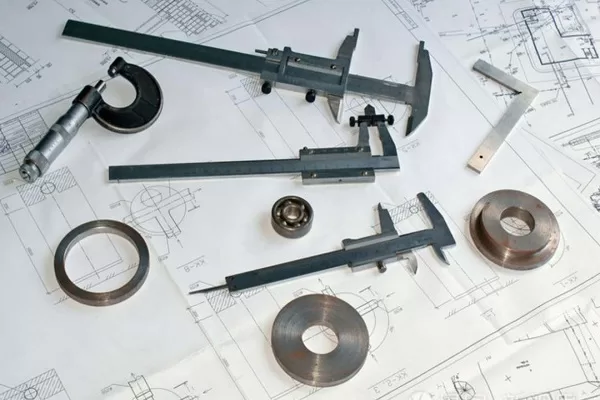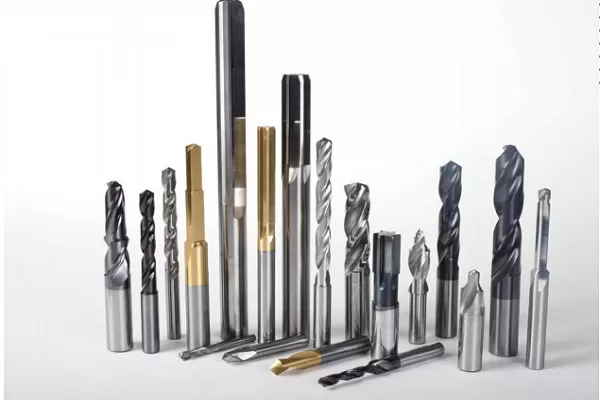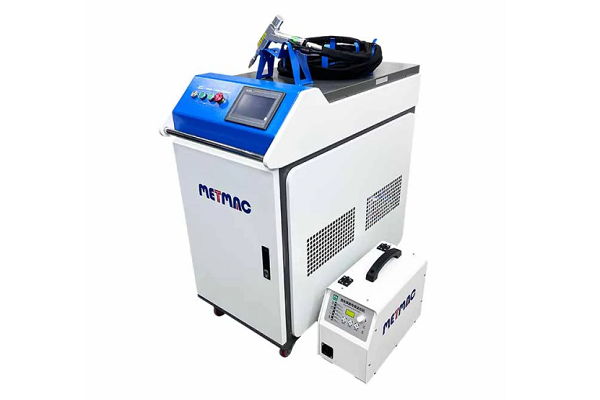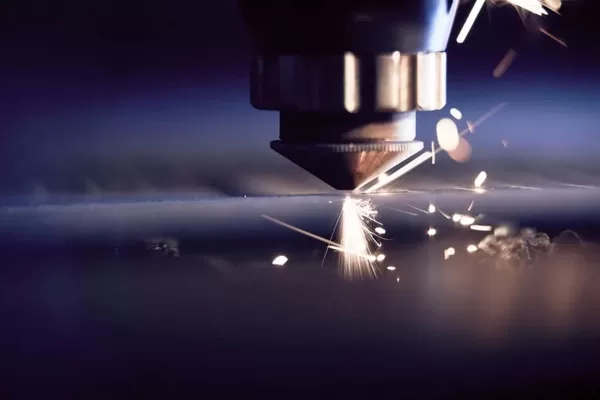
Design Considerations for Custom Metal Plate Bending Machines
- By:Metmac
- 2024-09-05
- 71
Custom metal plate bending machines are essential tools in the fabrication industry, used to shape and form metal plates into desired forms. When designing a custom metal plate bending machine, it is crucial to consider various factors to ensure optimal performance, safety, and efficiency. This article explores the key design considerations for custom metal plate bending machines.
Material Selection
The material of construction for the machine frame, bending beam, and other components should be carefully selected based on the required strength, durability, and corrosion resistance. High-grade steel alloys, such as carbon steels, stainless steels, and tool steels, are commonly used due to their excellent mechanical properties. The choice of material also influences the machine’s weight, cost, and susceptibility to wear and tear.
Machine Capacity
The capacity of a metal plate bending machine refers to its ability to bend plates of specific thickness and length. It is essential to determine the maximum bending force, bending length, and working angle range required for the intended applications. The machine’s capacity should be sufficient to handle the typical plate dimensions and thicknesses encountered during production.
Bending Technology
There are various metal plate bending technologies available, each with its own advantages and disadvantages. Mechanical brakes use a hydraulic or pneumatic ram to apply force to the bending beam, while hydraulic press brakes use a pressurized hydraulic fluid to generate bending force. Selection of the bending technology depends on factors such as the thickness of the plate, the bending angle required, and the desired accuracy.
Tooling and Accessories
Tooling plays a crucial role in the bending process, determining the shape and profile of the bent plate. Different types of tooling are available, such as standard air bending dies, V-dies, and gooseneck punches. The selection of tooling should consider the plate thickness, bending angle, and the desired surface finish. Additionally, accessories such as back gauges, safety guards, and tool holders enhance the machine’s functionality and safety.
Control System
The control system is responsible for operating and monitoring the metal plate bending machine. It typically includes a programmable logic controller (PLC), graphical user interface (GUI), and servomotors. The control system should provide precise control over the bending process, including the bending angle, speed, and pressure. Advanced control systems can incorporate features such as automatic tool recognition, collision detection, and data logging.
Safety Features
Safety is paramount in the design of metal plate bending machines. Essential safety features include:
– Guards and enclosures: To prevent operators from coming into contact with moving parts and pinch points.
– Interlocking safety switches: To prevent the machine from operating when guards are open or sensors are activated.
– Emergency stop buttons: To quickly stop the machine in case of an emergency.
– Light curtains and proximity sensors: To detect the presence of operators and prevent machine movement if they enter the danger zone.
-
The Advantages of Using a Sheet Roll Forming Machine in Manufacturing
2024/09/14 -
How to Optimize Your Laser Sheet Cutting Machine for Maximum Performance
2024/09/12 -
How to Maximize Efficiency with Modern Sheet Metal Working Machines
2024/09/04 -
The Environmental Benefits of Using Duct Board Grooving Machines
2024/09/03
-
A Guide to the Latest Innovations in Sheet Metal Folding Machines
2024/11/29 -
Key Features to Consider When Investing in a Sheet Metal Folding Machine
2024/11/28 -
Enhancing Precision with Advanced Sheet Metal Folding Machines
2024/11/27 -
How to Choose the Right Sheet Metal Folding Machine for Your Workshop
2024/11/26



